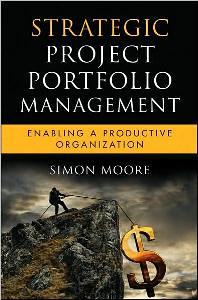Scott Adams, the author of the Dilbert cartoons blogged about The Future of Middle Management predicting that robots will make good project managers, in fact, he predicts robots to this task will happen faster than to other professions.
” Put a computer in a robot body and it can walk from cubicle to cubicle handing out assignments, checking on progress, and adjusting schedules and budgets on the fly. A robot could easily juggle the complexity of dozens of projects. It could be talking to you in your cubicle while simultaneously having a phone call with another employee and texting a third without you even knowing as it happens.”
I don’t think this is a reasonable prediction. So much of project management requires soft skills and judgement to understand how a project is going that reducing it to a simple input/output process that can be accelerated by a machine is misleading. It’s it’s likely you’d just achieve ‘garbage in – garbage out’ at scale.
“The robots will be free of human bias and optimism, so I would expect them to do a better job of estimating budgets and timelines than humans.”
I totally agree with this, robots can make better decisions in certain contexts than humans (Nate Silver’s recent book Signal vs. Noise is good on this topic), and being free from bias and optimism is one advantage. However, without being too pessimistic, it’s likely that humans would tilt their inputs to the robot to get the biased outcome they want. In a sense, we estimate budgets and timelines with robots today, it’s called software, such as SAP, Excel or Microsoft Project. Not all robots have a human form, in fact, few do.
I recommend, the post The Future of Middle Management even if you disagree with it (as I do in most places) it makes you think. Thanks to Marc Gawley for spotting this article.













